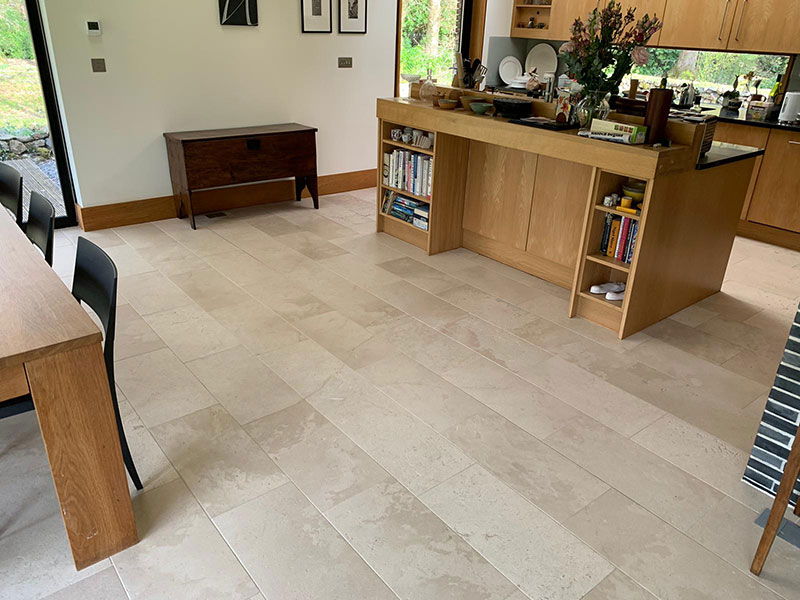By Dull to Amazing: Stone Restoration Techniques
Stone floors such as marble, granite, limestone, and even travertine add classic beauty and style to homes. However, over time, these natural materials can easily lose their luster and suffer by scratches, stains, in addition to wear. The artwork of stone recovery comes into play, transforming dull in addition to damaged surfaces back again to their authentic splendor. Whether you are a homeowner searching to refresh the counters or a business proprietor wanting to enhance the appeal of your own property, understanding the particular essentials of natural stone restoration is crucial.
Found in this guide, you will explore what stone restoration entails, together with the benefits of selecting professionals versus getting the DIY strategy. From removing hard stains to repairing chips and scratches, we'll cover powerful techniques for each type of stone. You will learn how to sustain your stone floors properly and prevent popular mistakes that could lead to further ruin. Join us while we delve into the particular effective strategies plus tips that can turn your stone surfaces from dull to be able to dazzling, ensuring they will remain stunning for years to take place.
Being familiar with Stone Restoration
Stone refurbishment is the process associated with repairing, cleaning, and maintaining natural rock surfaces to get all of them back to their own original beauty and durability. Over time, several factors such since foot traffic, spots, and environmental elements can cause rocks like marble, granite, limestone, and travertine to reduce their hold on their owners and develop spots, scratches, or fractures. Restoration techniques will be designed to handle these issues, making sure that the stone not only appearance appealing but furthermore retains its structural integrity.
Professional stone recovery typically involves a new series of meticulous steps, including strong cleaning, polishing, closing, and repairing broken areas. Each style of stone demands specific methods and products to accomplish the best outcomes. For instance, marble may require special polishing compounds to regain its shine, although granite may need various sealing techniques to prevent future damage. Becoming familiar with the unique qualities of each rock type is essential for effective refurbishment.
Homeowners can benefit substantially from stone recovery, not only inside terms of aesthetics but also throughout extending the life-span of surfaces. Correctly restored stone surfaces can enhance house value and create a welcoming atmosphere. Regular maintenance, together with professional repair when needed, are able to keep stone surfaces looking dazzling for many years, making it a worthwhile investment for any home.
Professional vs. DIY Recovery

When considering stone restoration, one of the first questions homeowners ask will be whether to seek the services of a professional or carry on the project themselves. Professional natural stone restoration services appear with the competence, specialized tools, and even knowledge of various stone types. These people can assess the damage accurately and provide efficient solutions focused on typically the specific needs of the stone. This level of expertise often contributes to more satisfactory plus lasting results, specially for complex concerns like deep scratches or extensive yellowing.
On the other hands, DIY stone refurbishment can be some sort of viable option regarding minor issues or even routine maintenance, like as cleaning and sealing. Many homeowners find satisfaction inside tackling small jobs themselves, using conveniently available cleaning goods and techniques. Even so, this approach demands research and cautious execution, as inappropriate methods can business lead to further ruin or ineffective results. The success associated with a DIY project largely depends on the homeowner's ability to determine the correct restoration technique and in order to use the right tools.
Ultimately, the choice between professional in addition to DIY restoration knobs on the intensity of the destruction and the homeowner's level of comfort with typically the task. For significant restoration needs or if there is usually uncertainty concerning the appropriate techniques, enlisting a new professional can save some prevent prospective pitfalls. Conversely, intended for those with a good knowing of stone attention, tackling simpler projects can be the two rewarding and budget-friendly.
Preserving Your Restored Stone Floors
Once your natural stone surfaces have recently been restored, proper preservation is crucial to help keep them looking pristine. Regular cleaning is the most effective way in order to maintain their visual appeal. Use a pH-balanced cleaner specifically made for natural stone to prevent harsh chemical substances that could result in damage. Wipe upward spills promptly to avoid staining, and employ soft cloths or even mops to stay away from scratching the surface area. Establishing a regimen cleaning schedule may help preserve the sweetness and integrity of the stone.
Sealing your refurbished surfaces is one other essential step in maintenance. According to the type of stone and its location, resealing should be done every six weeks to 2 years. The high-quality stone sealer will protect towards stains and moisture, prolonging lifespan involving your restoration. Pay attention to the manufacturer's recommendations intended for the very best sealer in order to use and just how frequently to apply that, as being a stones may possibly require different care than others.
Finally, be aware of ecological factors that could affect your rock surfaces. For outside installations, ensure suitable drainage in order to avoid drinking water pooling, that may prospect to damage. Standard visual inspections for signs of wear, discoloration, or destruction will also be advisable. Simply by taking proactive steps to maintain your own restored stone areas, you are able to enjoy their particular beauty for a lot of years to come.